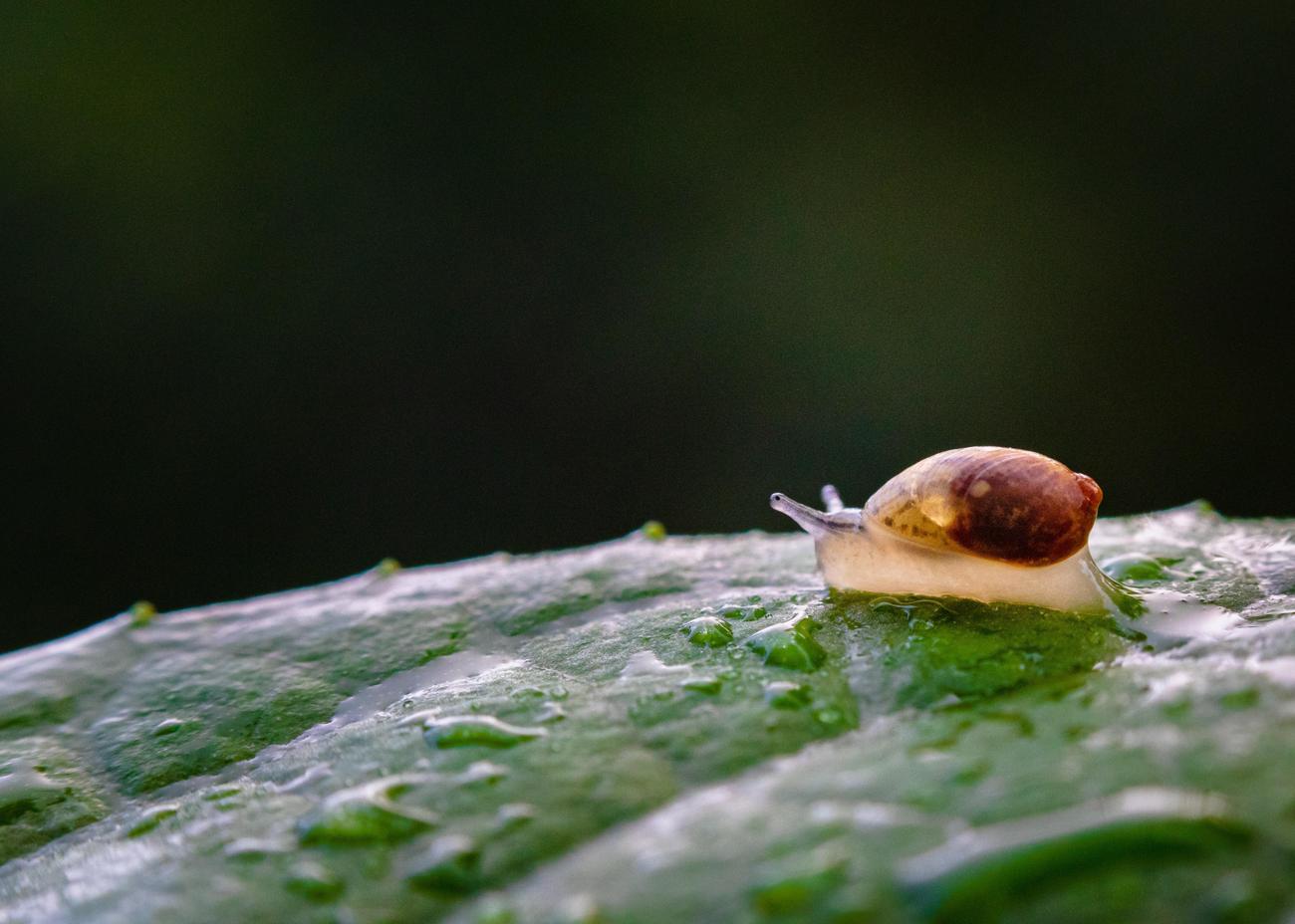Are you ready to delve into the fascinating world of slime creations and uncover their historical significance? Brace yourself for an exciting journey through time as we explore the captivating tales behind these unique creations. From ancient civilizations to modern society, slime has left its mark, shaping cultures and sparking curiosity throughout the ages. Join me as we embark on an intriguing exploration of the historical importance of slime, unearthing hidden stories and revealing the surprising impact these creations have had on our shared history. Get ready to be amazed by the captivating world of slime through time!

Historical Significance of Slime Creations
Slime has silently played a prominent role throughout history, leaving its intriguing mark on different civilizations and cultures. From ancient times to the modern era, the significance of slime creations spans centuries, encompassing both scientific intrigue and cultural fascination. Today, let us embark on a journey through time as we uncover the hidden tales and historical importance of slime.
Dating back to ancient civilizations, slime has been part of humanity’s existence. Its first known references can be traced to ancient texts like the Bible and Greek mythology. In the biblical story of Moses, slime was used as a binding agent to construct the famous Ark of the Covenant. Additionally, Greek mythology describes the river Styx as a body of slime, symbolizing the boundary between the mortal and underworld realms. These early depictions showcase the rich tapestry of slime’s historical significance.
Fast forward to the late 20th century, a pivotal moment in slime’s evolution occurred when toy manufacturer Mattel introduced the modern version of slime in 1976. Packaged in a plastic trash can, this innovative and slightly gross toy quickly captured the imagination of children around the world. This marked the beginning of slime’s journey into popular culture and its emergence as a cherished playtime staple.
Slime, at its core, is primarily made from guar gum, a non-toxic viscous material. This unique composition gives slime its distinctive gooey and squishy texture, making it the ultimate tactile toy. But what truly sets slime apart is its ability to adapt and resonate with people of all ages. In recent years, slime has enjoyed a resurgence in popularity, becoming not just a toy but also a therapeutic tool.
Stress relief, sensory play, and creativity stimulation are just a few of the benefits associated with slime. Its malleable nature provides a soothing effect, allowing individuals to release tension and find comfort in the rhythmic movements of their hands. Moreover, slime’s sensory properties offer a stimulating experience, aiding in the development of fine motor skills and enhancing tactile awareness. It’s no wonder slime has become a go-to tool for relaxation and education alike!
Beyond its recreational uses, scientists have also taken a keen interest in slime. One aspect of particular fascination is the study of mucins, the main component of slime in both natural and human-made forms. Mucins have proven to be a versatile substance, with potential applications in various fields, from medicine and bioengineering to cosmetics and food science. By unraveling the mysteries of slime, researchers have paved the way for potential breakthroughs and innovations.
The historical significance of slime is not limited to scientific curiosity; it permeates popular culture as well. Slime has made its way into movies, books, and toys, becoming an iconic symbol of fun and excitement. Who can forget the iconic green slime showers on the hit TV show “Double Dare” or the Nickelodeon Kids’ Choice Awards? Slime’s captivating and vibrant presence in entertainment has cemented its status as a beloved cultural phenomenon.
Today, slime has experienced a digital revolution, aided by the rise of social media and the influencer culture. Numerous slime enthusiasts, also known as “slimers,” have taken to platforms like Instagram and YouTube, sharing their mesmerizing creations and inspiring a global community. This digital landscape has fueled the growth of slime shops, creating a vibrant marketplace for unique slime variations and personalized experiences.
As we conclude our journey through time, it becomes clear that slime’s historical significance cannot be underestimated. From its ancient origins to its modern-day prominence, slime has woven itself into the fabric of our shared human experience. Its evolution, adaptability, and impact on individuals and society exemplify its enduring nature and lasting legacy. So, the next time you delight in the squishy wonders of slime, remember the rich history and hidden stories it carries within.
“Slime’s historical significance is a testament to its enduring nature and ability to captivate the imaginations of countless individuals across the ages.”
Slime has become a full-blown obsession for many people around the world. If you’ve ever wondered about the origins and fascinating history of this gooey substance, then you’re in luck! Dive into the mesmerizing world of slime by delving into the history of slime. Find out how slime was first discovered and how it has evolved throughout the years. Unravel the secrets behind the various types of slime, from fluffy to crunchy, and learn about the innovative individuals who have played a significant role in its development. To uncover the intriguing past of slime, click here: History Of Slime. Prepare to be amazed as you journey through time and explore the captivating evolution of slime.

FAQ
Question 1
What is the origin of slime creations?
Answer 1
Slime creations have a long history, dating back to ancient times. References to slime can be found in the Bible and Greek mythology, showcasing its presence in various cultures throughout the ages.
Question 2
Who invented the modern version of slime?
Answer 2
The modern version of slime that we know and love today was invented by Mattel in 1976. They introduced a toy product sold in a plastic trash can, which became the foundation for the popularity of slime.
Question 3
What is slime made of?
Answer 3
Slime is primarily made from guar gum, a non-toxic viscous material that gives it its gooey and squishy texture. Guar gum is the key component that allows slime to be moldable and enjoyable to play with.
Question 4
How has slime evolved in recent years?
Answer 4
Slime experienced a resurgence in popularity in recent years, leading to its reinvention and adaptation. The toy industry witnessed a significant rise in slime shops and the creation of new variations and recipes. Slime also found innovative uses in science and technology.
Question 5
What are the uses and benefits of slime?
Answer 5
Apart from being a fun and satisfying sensory play material, slime has various uses and benefits. It can serve as a stress reliever, aiding in relaxation. Additionally, slime stimulates creativity and imagination, making it an engaging tool for both children and adults.
- Crypto Quotes’ Red Flags: Avoid Costly Mistakes - June 30, 2025
- Unlock Inspirational Crypto Quotes: Future Predictions - June 30, 2025
- Famous Bitcoin Quotes: A Deep Dive into Crypto’s History - June 30, 2025
















